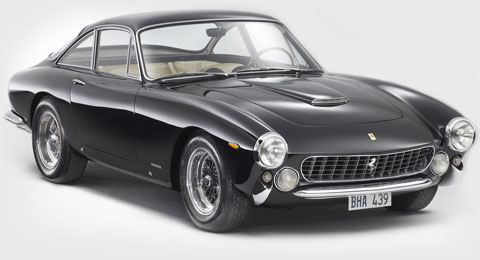Classic Car Restoration
- October 7, 2016
- Category: Cars

Collecting and restoring classic cars can be a messy and frustrating business. Even if a restored classic runs well, it’s still extremely difficult to get authentication that the car still holds its original parts. Some manufacturers have started to offer their own restoration divisions and now offer factory-run restorations. This allows them to supply replacements parts from the original blueprints of the vehicle. Ferrari, Porsche and Mercedes Benz are some of the few that have begun to offer this service as long as the car is running and roadworthy.
If you have a classic that you would like restored, you can start by either contacting a local dealership or their factory restoration division. The first step will be to take your classic car to an appointed dealership so that they can take photos. These photos are then used to provide you with an estimate for your restoration. They estimate each area separately: engine and transmission, electronics, chassis, body, paint finish and interior. When you have decided what areas of the vehicle you would like restored, they will set up vehicle delivery to their restoration facility.
At this point, the entire vehicle is reviewed by a team of restoration specialists and then completely disassembled. The engine and transmission is removed, dissembled and cleaned. If there are any defective parts they will be replaced with genuine parts or parts that have been replicated from the original blueprints. The engine will then be reassembled, tested and measured. Porsche in particular offers the option to only have the engine and transmission restored so that your classic can run smoothly again.
Next up, they focus on the body. A specialist removes as much corrosion as possible. If it’s necessary, technicians will reshape any damaged areas and then the paint is completely removed. Areas that cannot be replaced are cut and replaced with genuine parts. After the repairs have been made, the bodyshell is treated to a cathodic dip painting bath to ensure that everything is evenly applied.
The interior can be completely restored to the original specifications or the customer may customize certain areas. After rebuilding the interior, your car is carefully put back together. Several experts will test drive your car to check the function of the engine and transmission. Once the vehicle passes all the tests-the car will be returned to you. The entire process is extremely well documented through the use of a book for each vehicle. Many photos are taken and a final certificate is provided to the customer.
The entire process can take up to a year and can be quite expensive. A total restoration can cost anywhere between a quarter-million to a half-million dollars. However, fully restoring your classic with documentation and proper parts can greatly increase its value. Each manufacturer may handle the process slightly differently, but all attempt to ensure top quality restorations. If you happen to own a classic that’s already been restored, certification can be received for a small cost so long as the manufacturer agrees that it has been properly restored.
